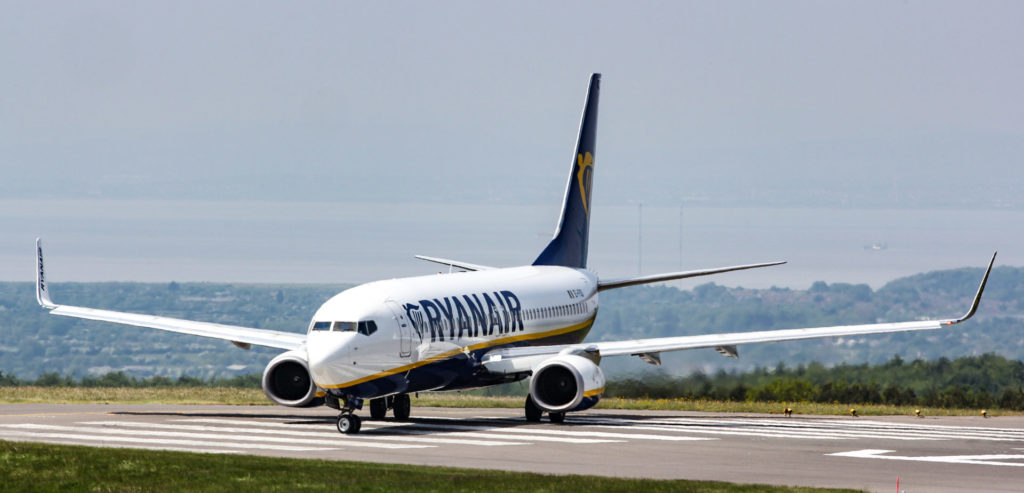Ryanair has announced that it is cutting its October capacity by a further 20% blaming damage caused to forward bookings caused by travel restrictions imposed by EU Governments, in particular the Irish Government.
The Irish low-cost carrier that continuous changes in EU Government travel restrictions and policies as a result of the Coronavirus pandemic, many of which are introduced at short notice, have undermined consumers’ willingness to make forward bookings.
A spokesperson for Ryanair said: “We are disappointed to reduce our Oct capacity from 50% of 2019 to 40%. However, as customer confidence is damaged by Government mismanagement of Covid travel policies, many Ryanair customers are unable to travel for business or urgent family reasons without being subjected to defective 14-day quarantines.
“While it is too early yet to make final decisions on our winter schedule (from Nov to Mar), if current trends and EU Governments’ mismanagement of the return of air travel and normal economic activity continues, then similar capacity cuts may be required across the winter period.
“We call on Transport Minister Eamon Ryan to explain why over 2 months later he still hasn’t implemented any of the 14 recommendations of the Governments Aviation Task Force which were submitted to Government on 7 July last. He should also explain why NPHET has kept Ireland locked up like North Korea since 1 July, while at the same time Italy and Germany removed all intra-EU travel restrictions and have delivered Covid case rates which are less than half the rate, which NPHET has presided over in Ireland. Intra EU air travel is not the problem and these defective travel bans are not a solution.”
The cut is in addition to a 20% cut announced by the airline in August and Ryanair says it now expects to see as little as 40% of the traffic it had in the same period last year although it expects to maintain a high load factor of around 70% of the flights it does operate.

